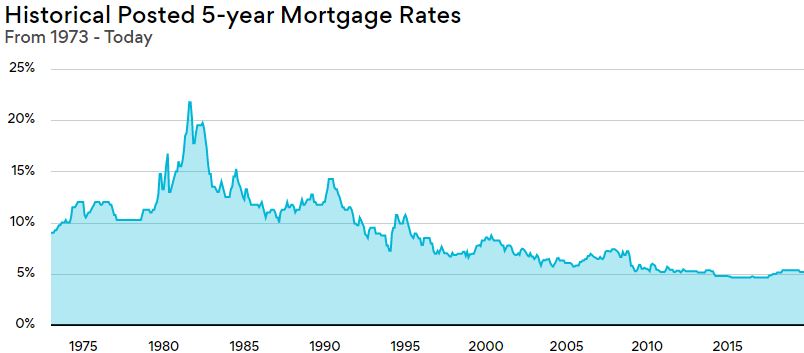
By Michael O’Neill
The media have hijacked the word progressive. It is a term applied to the political left, a tacit implication of intellectual superiority and moral authority for their views, as they claim to represent “ordinary people.” If you aren’t a “progressive” or you disagree with an idea or view, you must be wrong.
The dictionary does not define ordinary people. Members of the Canadian Senate jumped right through that loophole. There are only 105 Senators, and they are appointed for life. They receive a minimum salary, of $153,900, have a lifetime pension, and in 2019, are only in session for 89 days. It gets better. They are paid an additional $150,000/year for office expenses, get free travel on VIA rail, and another $22,000 for living expenses. How do you stack up?
Most people would be hard-pressed to consider Canadian Senators as “ordinary people, but that didn’t stop the nine members of the Independent Liberal Senate caucus. They changed their name to the Progressive Senate Group on November 14.
What’s next? Will the Bank of Canada be releasing a quarterly “Progressive Monetary Policy Report?” The Merriam-Webster dictionary defines progress as “to move forward.” Will the BoC monetary policy objective include reducing climate change alongside progressive inflation and exchange rates?
A progressive Bank of Canada may earn kudos from Millennials and Gen-Xers, but Boomers should know better.
In 1973, the Organization of Petroleum Exporting Countries declared an oil embargo. They refused to ship oil to Canada, Japan, Holland, the UK, and the US because those countries purportedly supported Israel in the Yom Kippur War. OPEC got a result.
By 1975, Canadian inflation was over 10%, and the Liberal government of Pierre Trudeau announced an anti-inflation program, in part to combat union wage increase demands of around 20%. The program failed. Bank of Canada Governor Gerald Bouey progressed the Bank rate to a peak of 20.0% in June 1981. The average five-year mortgage rate soared to 21.6%. It took until April 2003 for the Bank rate to get below 5.0%. US interest rates and inflation followed a similar trajectory.
Chart: Historical mortgage rates

Source: Rate hub
Many believe soaring inflation and sky-high interest rates will never happen again. They also think buying a LottoMax ticket is an investment strategy
Sky-high Canadian interest rates may be a thing of the past. However, ultra-low rates may be approaching their “best-before” date. The Reserve Bank of New Zealand sent up a warning flare on November 13. They surprised most of the market and left the benchmark Overnight Cash Rate (OCR) unchanged at 1.0%. Analysts expected a 0.25% rate cut because of the global outlook was a tad worse than what it was August 7, when they cut rates 0.50%. Instead, the RBNZ adopted a “wait and see” outlook. The meeting summary noted that “members anticipated a lift in economic growth during 2020. Also, “the Committee noted the signs that recent monetary stimulus was flowing through the economy and supporting the medium-term growth projections” supported by “lower exchange rates.”
Fed Chair Jerome Powell didn’t sound like he was eager to cut US rates any further, either. On November 13, he told Congress: “my colleagues and I see a sustained expansion of economic activity, a strong labour market, and inflation near our symmetric 2 percent objective as most likely. This favorable baseline partly reflects the policy adjustments that we have made to provide support for the economy.” He noted that the FOMC had cut rates by 0.75% in 2019 and said, “As monetary policy operates with a lag, the full effects of these adjustments on economic growth, the job market, and inflation will be realized over time.”
The European Central Bank has a new President. Christine Lagarde replaced Mario Draghi at the start of the month, and she is reportedly a tad less dovish than her predecessor. She may be less supportive of further easing measures and could lean towards speeding up policy normalization.
Bank of Canada (BoC) Governor Stephen Poloz may be ahead of the curve. The BoC overnight rate has been a beacon of stability this year. It remained unchanged even as the major G-7 central banks lowered rates. Mr Poloz acknowledged downside risks but in his opening statement for the MPR press conference, he said “Let me just note that the biggest effect for Canada of a more negative global growth scenario would be a steeper drop in commodity prices and, as in 2015, a significant depreciation of the Canadian dollar. Canadian dollar exporters would be happy, but importers, not so much.
The central bankers are still concerned about risks from the US/China trade war, but those concerns have been around for the past seven months and justifed lower rates. The risks may yet become a reality.
China is rumoured to be unwilling to agree to even a partial deal unless all tariffs are removed. President (tariffman) Trump has not given any indication if he will give up his favourite negotiating leverage. Who will blink first?
In as much as the progressive view may hanker for increased fiscal spending and lower rates, a look in the rear view mirror suggests that a retrogressive stance is likely warranted.





